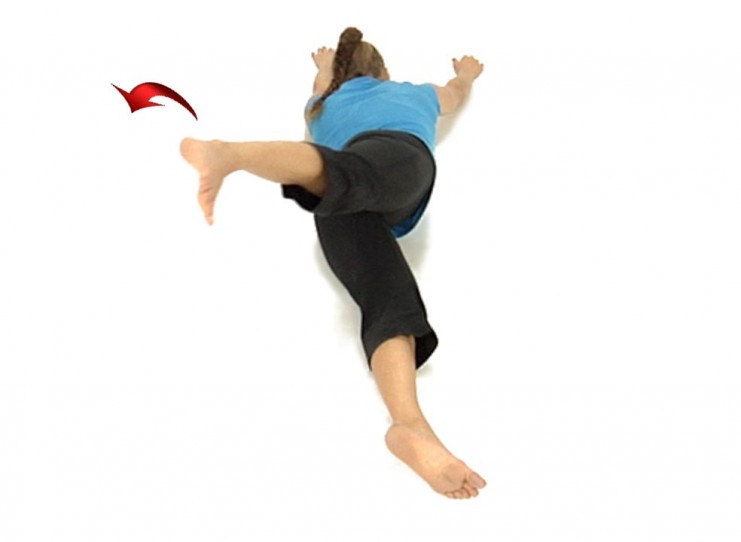The inherent nature of a rugby player is to stay low to the ground and compact, which aides the ability to tackle and absorb the forces of being tackled, as well generating greater power with a lower center of gravity. The more gifted rugby athletes play the Back Position and need speed and the ability to accelerate. Speed and acceleration help in ball movement, accelerating into and out of tackles, and running in the open field. Forwards and Second Row position players in rugby have the tendency to be absent of speed and the ability to accelerate. This is due to the size and muscular development of the interior player. Interior players are the typically the biggest on the field with a wide base of support with thick and developed trunks. The “Interior Players” of rugby see speed as an added benefit but not a necessity for their position.
For the last 6 months I’ve been rehabilitating an injured rugby player who plays for the Premiere League Rugby team in New York City. This rugby player has had her fair share of lower extremity injuries and has entered the twilight of her career, She’s made great progress and has returned to the field of play, At the Premier League level she plays inside center, but at the National level she moves up to the forward position. One of the challenges in the rehabilitation process was getting her speed and acceleration back to the point that she can play an effective Back Position in The Premier League. We’ve achieved this goal for the Premier league, but at National Team Level she needs to be faster.
We’ve been working to find ways to help increase her speed and have transitioned in the rehab process to speed and agility development. This transition starts with helping her expand her length and rotation ability. The intrinsic nature of a rugby player is to be compacted for the reasons stated earlier. I am attempting to help maintain the general nature for her core strength and to expand her ability to lengthen on same side (Ipsilateral) as well as increase her ability toward diagonal length (Contralateral length). Sprinting has Ipsilateral and Contralateral movement that requires greater flexibility and a keen awareness of the body rotating on a vertical axis (spine/pelvis/hips/ shoulders). Trunk and spine rotation occur in sprinting during the reach of the same side of the body and the diagonal rotation of the upper and lower body ( The top half turns on the bottom half).
I have created the following exercises to help the rugby player find the relationship between diagonal movement and length of the limbs. While there are many ways to approach this challenge, this has been our focus and method.
X Rolls (upper & lower extremity)
Upper Extremity
- Lie on your back with your arms positioned at 10 and 2 o’clock and your legs at 8 and 4 o’clock.
- Initiate the roll by reaching your right arm up and across your body. Your arm should reach so far that it pulls you onto your stomach. Keep energy through your right leg as you roll.
- From your stomach, initiate the roll by reaching your right arm behind you and across your body. Your arm should reach so far that it pulls you onto your back.
- Do not push off with your limbs. Only use the reaching of the arm to cause the roll.
- Repeat using the left arm.
Lower Extremity
- Lie on your back with your arms positioned at 10 and 2 o’clock and your legs at 8 and 4 o’clock.
- Initiate the roll by reaching your right leg up and across your body. Your leg should reach so far that it pulls you onto your stomach. Keep energy through your right arm as you roll.
- From your stomach, initiate the roll by reaching your right leg behind you and across your body. Your leg should reach so far that it pulls you onto your back.
- Do not push off with your limbs. Only use the reaching of the foot to cause the roll.
- Repeat using the left leg.
Diagonal/Contralateral Reach
- Start with your feet hip width apart with your knees slightly bent.
- Shift your weight to the right leg by pushing off your left leg. As you shift, reach your left arm diagonally across and in front of you.
- Feel the length between your front arm and back leg, and keep the back leg grounded.
- Return to the starting position and repeat.
Ipsilateral Reach
-
- Start with your feet hip width apart with one foot slightly in front of the other. Keep both your hip bones pointing forward.
- Bend the same elbow as your front leg and shift your weight to your back foot.
- Pushing off your back leg, reach forward and up as you shift your weight forward. Feel the length between your front arm and back leg, and keep the back leg grounded.
- Return to the starting position and repeat.
Images by: www.physiotec.org




